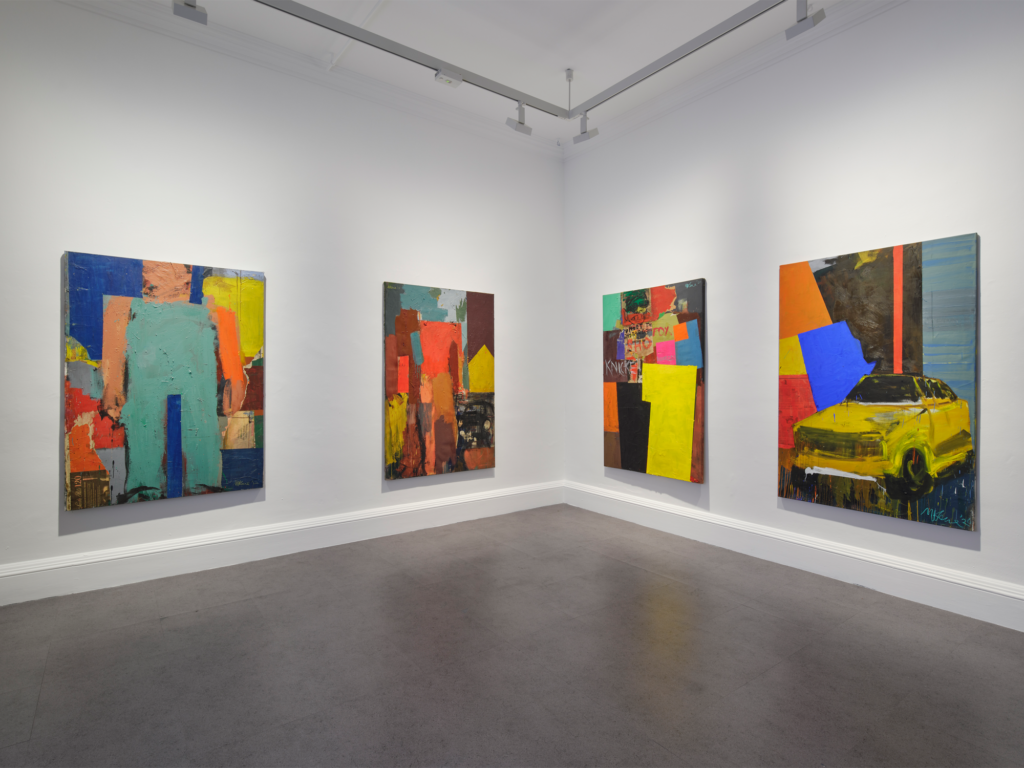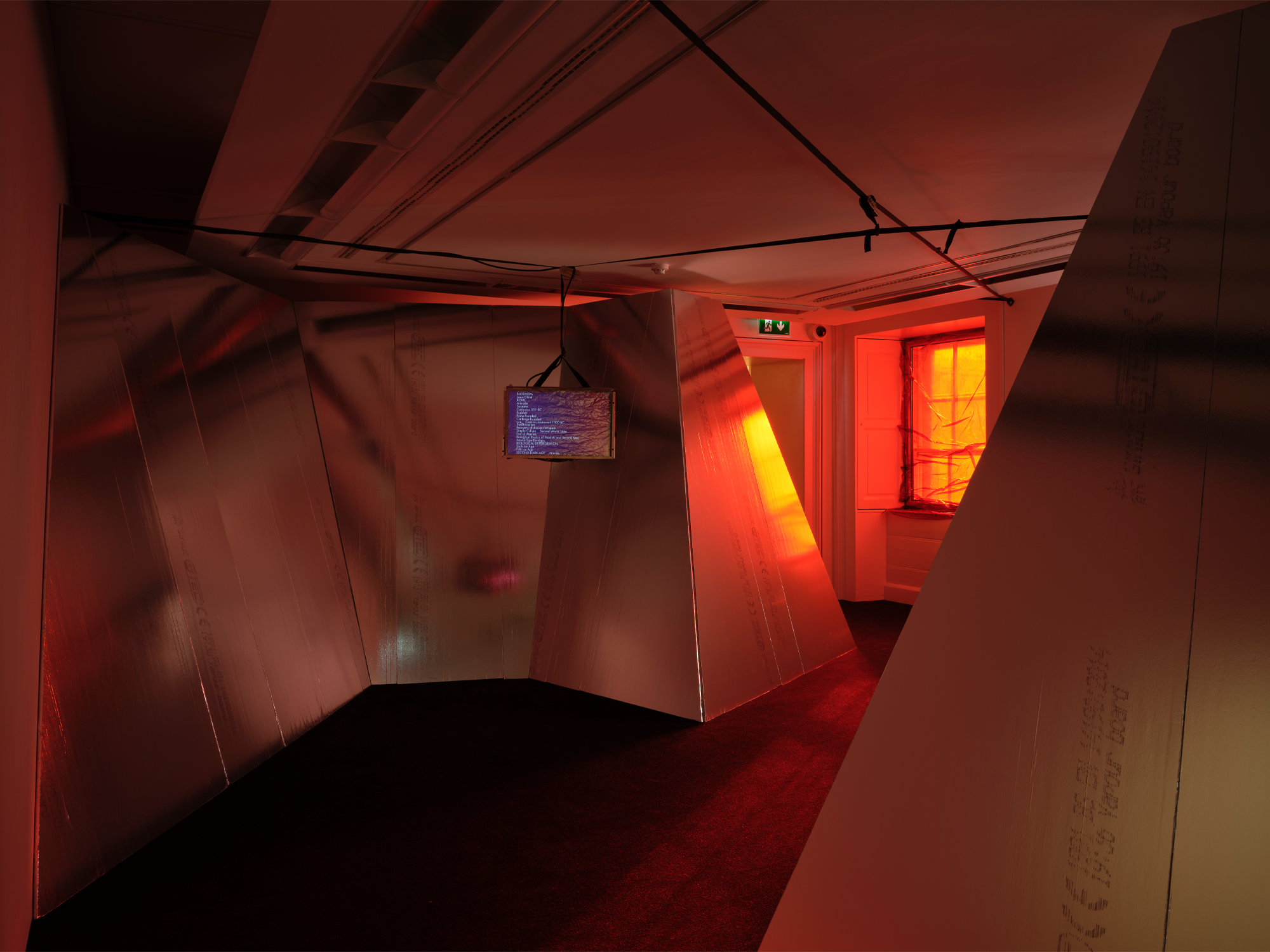Obituary: Michael Kane (1935–2025)

Michael Kane, who died on 23 May 2025 at the age of 89, occupies a significant position in the history of Irish art. Over six decades, he consistently interrogated form, subject, and the institutional frameworks through which art is produced and received. His contribution was both material, through a distinctive practice in painting, drawing, and print, and infrastructural, through his role in shaping alternative exhibition platforms and critical discourse. He is represented in the IMMA Collection with certain key works from the 1950s onwards, and he was subject of a solo exhibition in 1995.
Kane was a founding member of the Independent Artists group (later the Project Arts Centre) which arose in opposition to the then limitations of the Royal Hibernian Academy and the Living Art exhibitions, a space that became synonymous with cross-disciplinary and politicised practice. As editor of the influential journal Structure, he introduced political analysis into cultural debate; and although his election to Aosdána brought formal recognition, he maintained a critical stance towards institutions of power.

From the outset, Kane refused to separate aesthetic inquiry from social and political engagement. This resistance was evident in his subject matter, with workers, tradespeople, and the architectural residue of industrial and domestic labour. His cityscapes of Dublin, with their focus on laneways, car parks, and coach houses, present an urban archaeology in which class, labour, and masculinity are inscribed onto the built environment. These were not picturesque or nostalgic views – instead they asked what kind of city, and what kind of subject, was being made and unmade in post-independence Ireland.

A recurring theme in Kane’s work was masculinity, which often appeared as an identity under pressure. His figures, often solitary, working-class men reflect an interest in how gender is performed, investigations that anticipated later developments in critical masculinity studies. This aspect of his work is particularly clear in Staying with the Trouble, the group exhibition currently at IMMA. Kane’s late paintings appear alongside works by younger artists working in film and installation, many of whom share an interest in identity and affect. In this context, his practice resonates with other contemporary practices, attuned to concerns that have become central to recent art. His focus on marginal subjects and the emotional dimensions of urban life aligns closely with the exhibition’s broader curatorial themes. What emerges is a renewed recognition of a practice that remained alert to the conditions of its making.
Kane is survived by his wife, the architect Shelley McNamara, his children Aoife and Oisín, and his brother Tony. His loss will be felt deeply by those who knew him, but his legacy – intellectual, visual, and institutional – remains a significant force in the shaping of Irish cultural history.
Categories
Up Next
This Book Has Two Authors: Creating Conservation Documentation for Dennis McNulty’s 'I reached inside myself through time'
Sun Apr 23rd, 2023